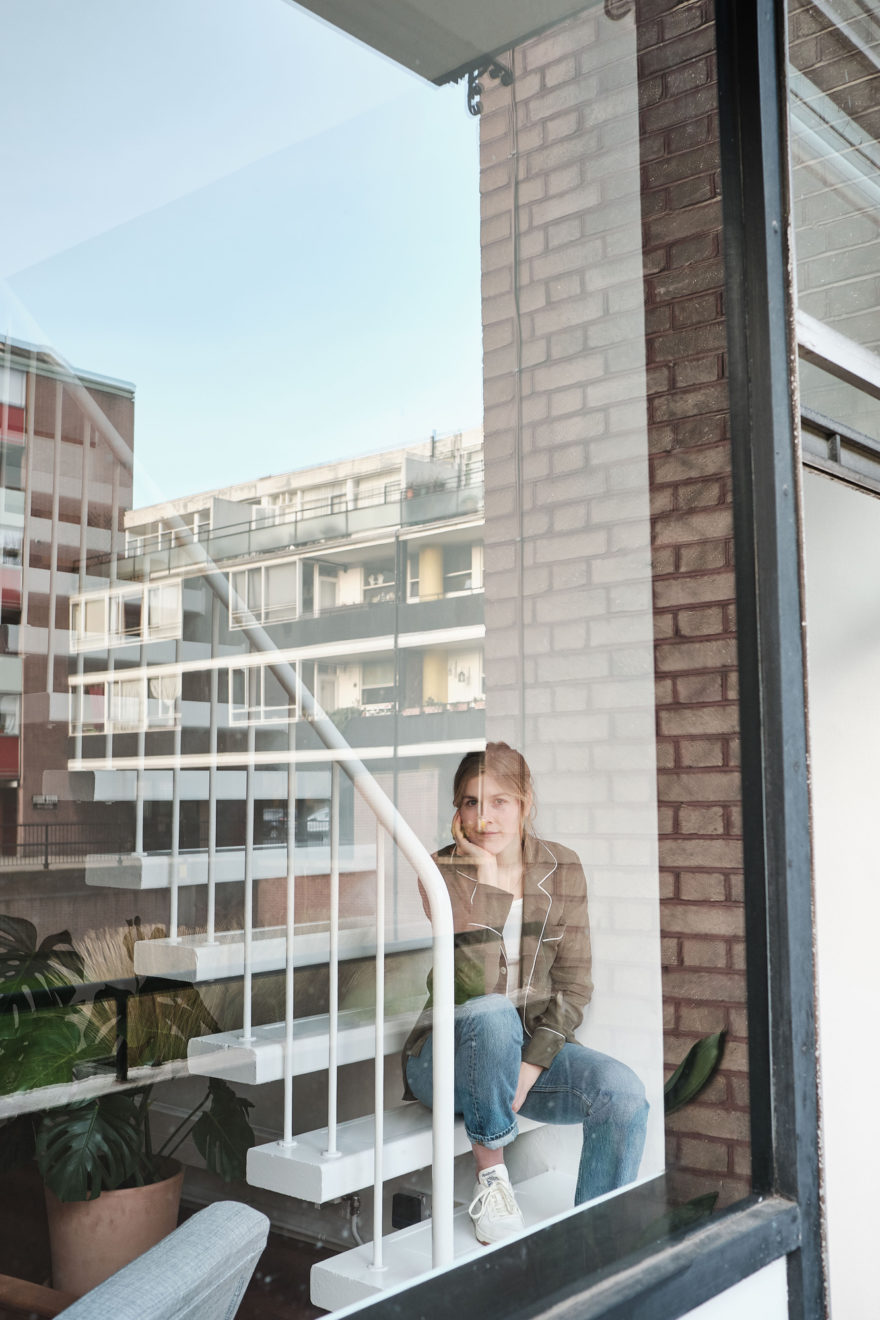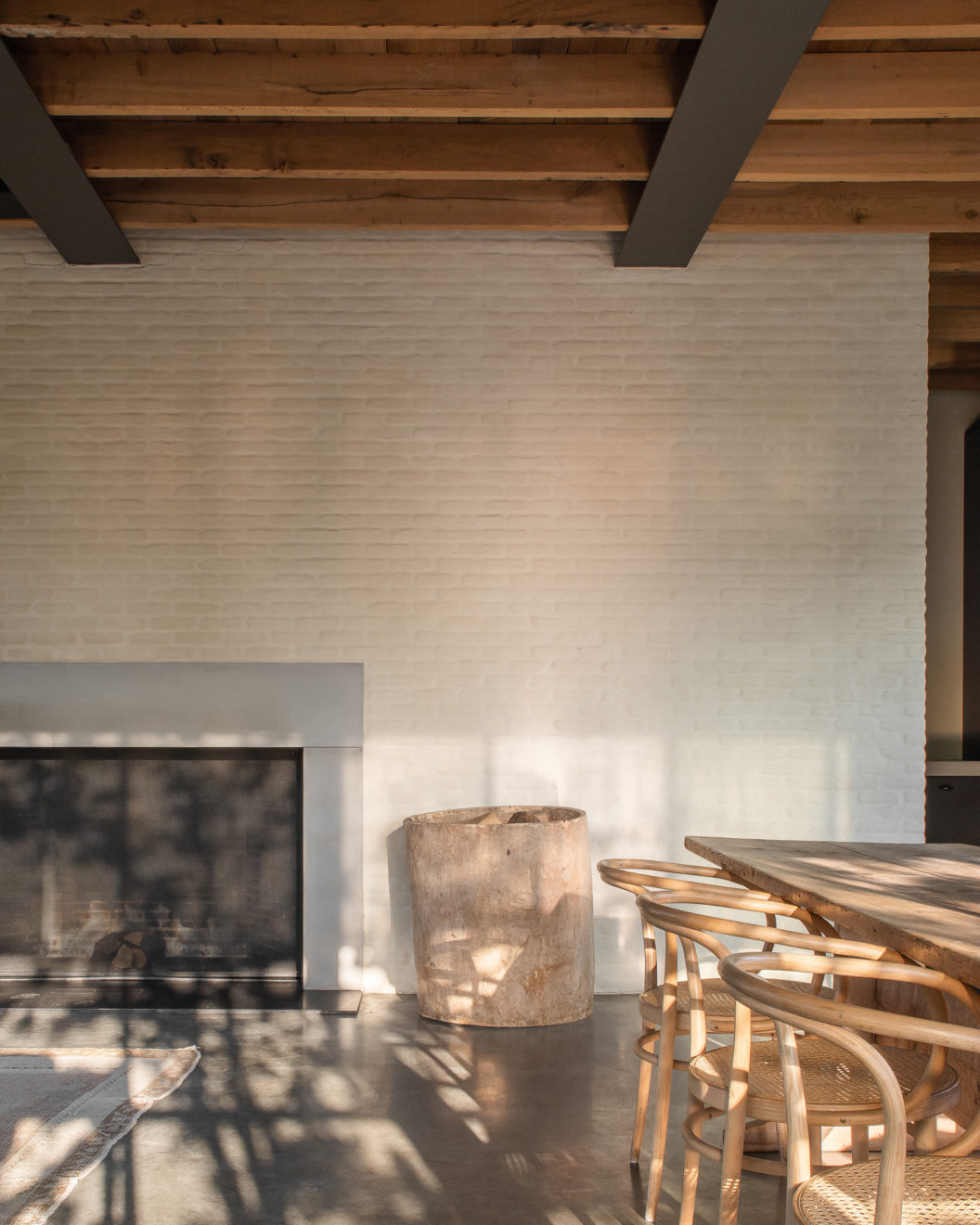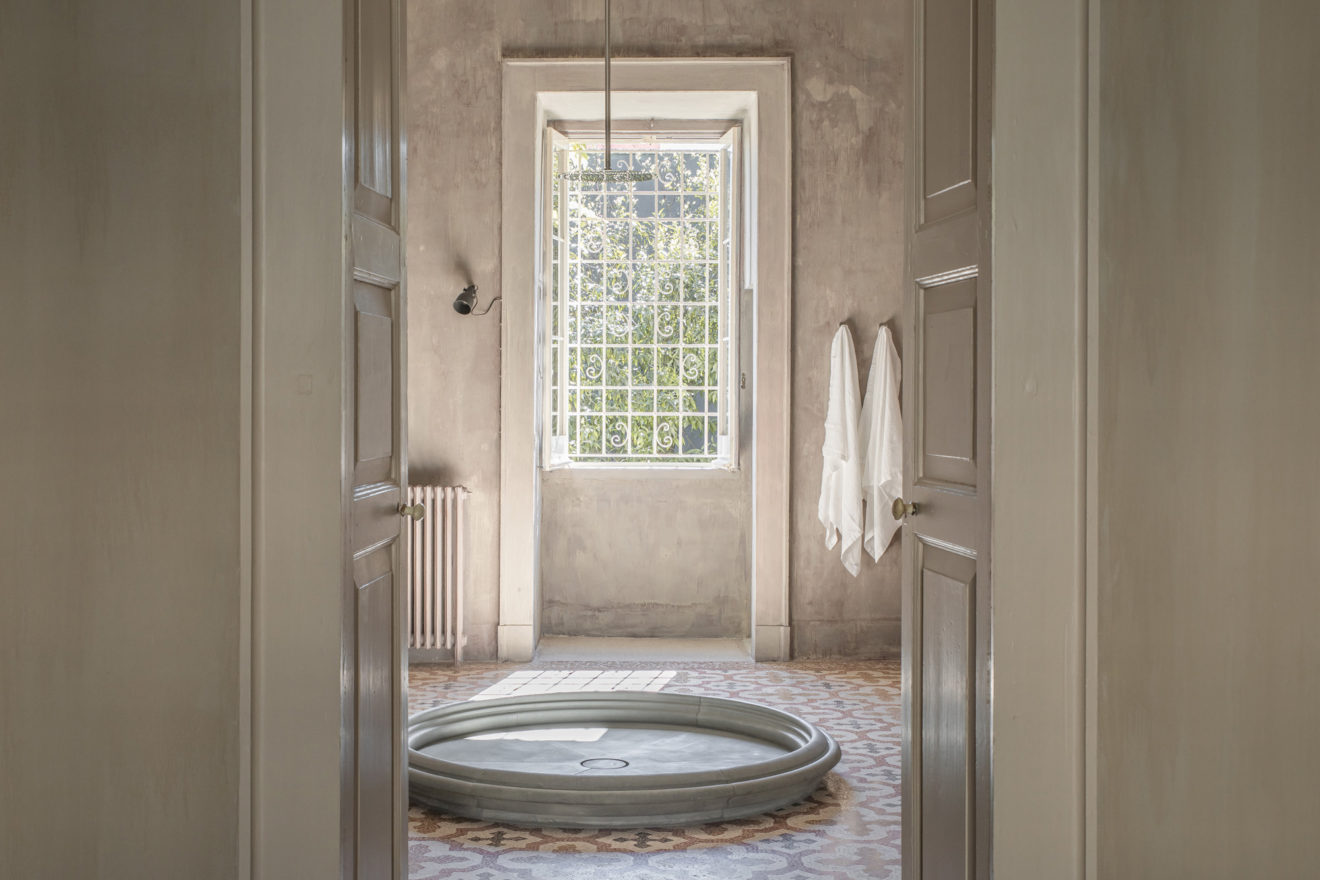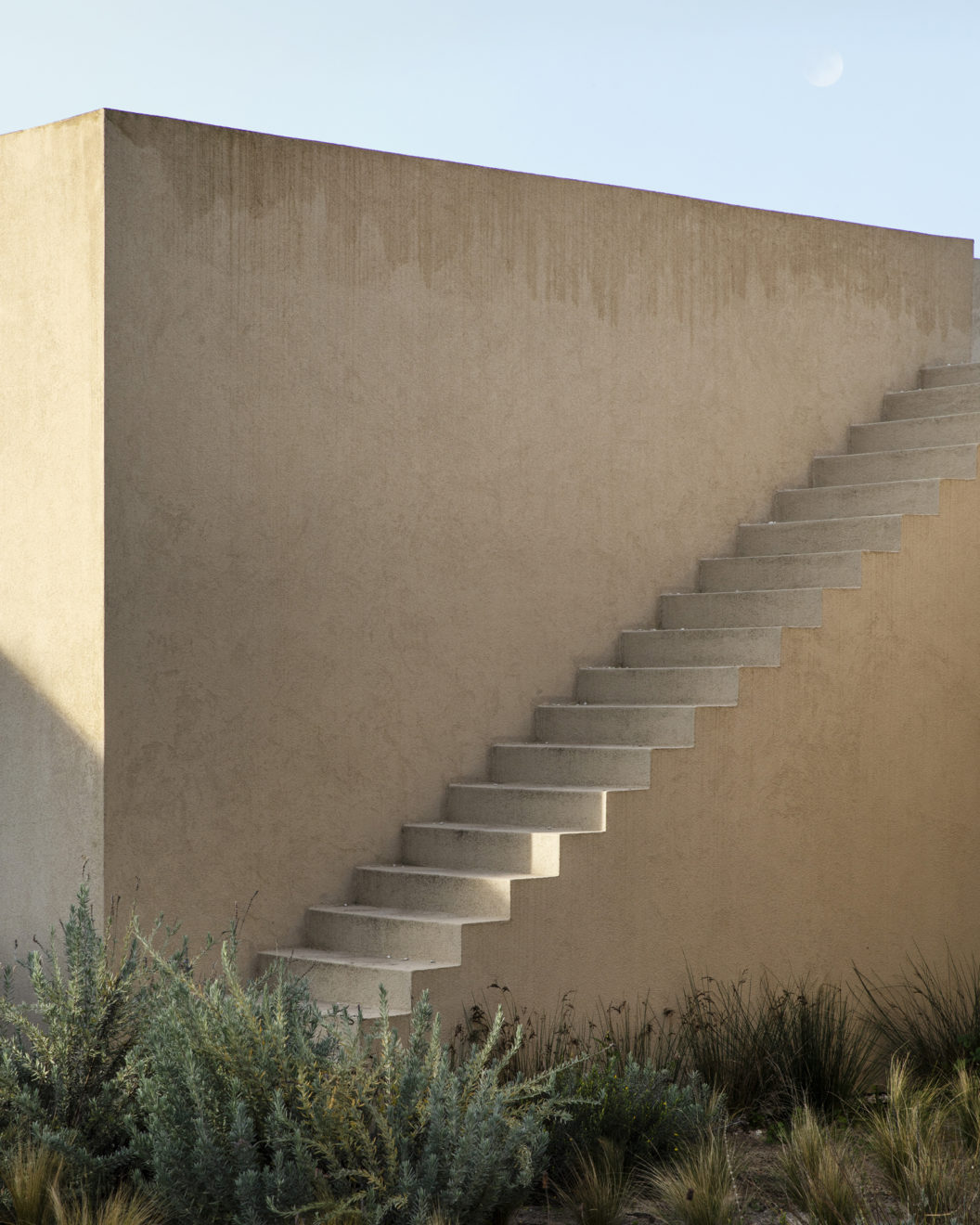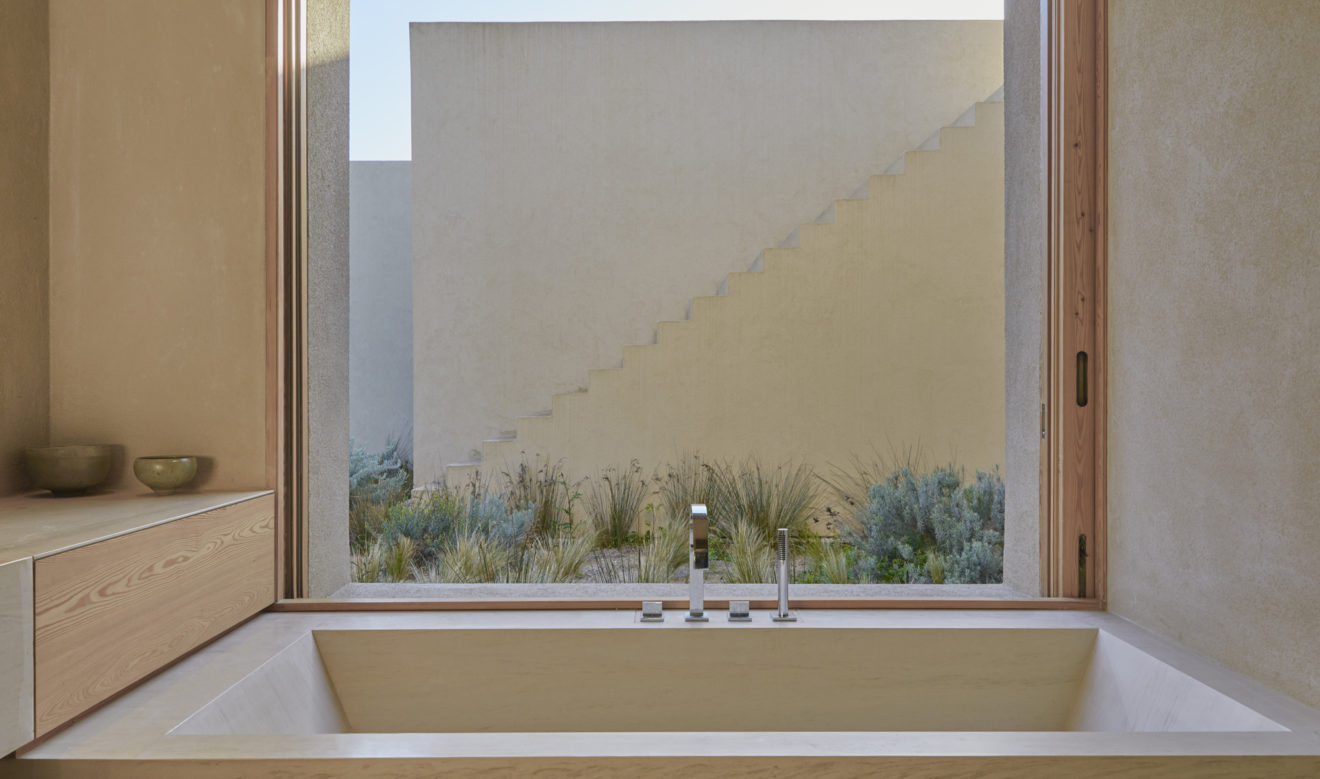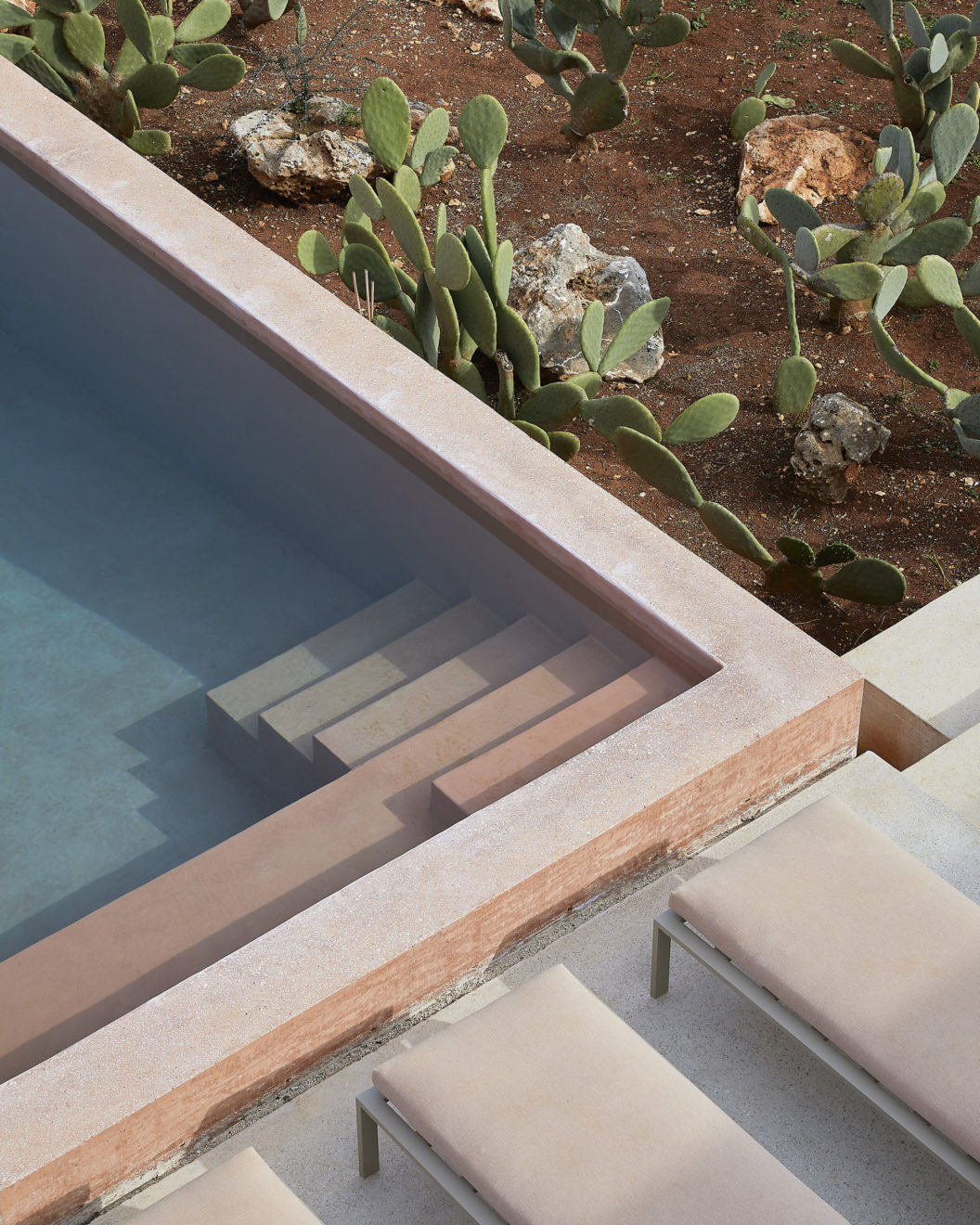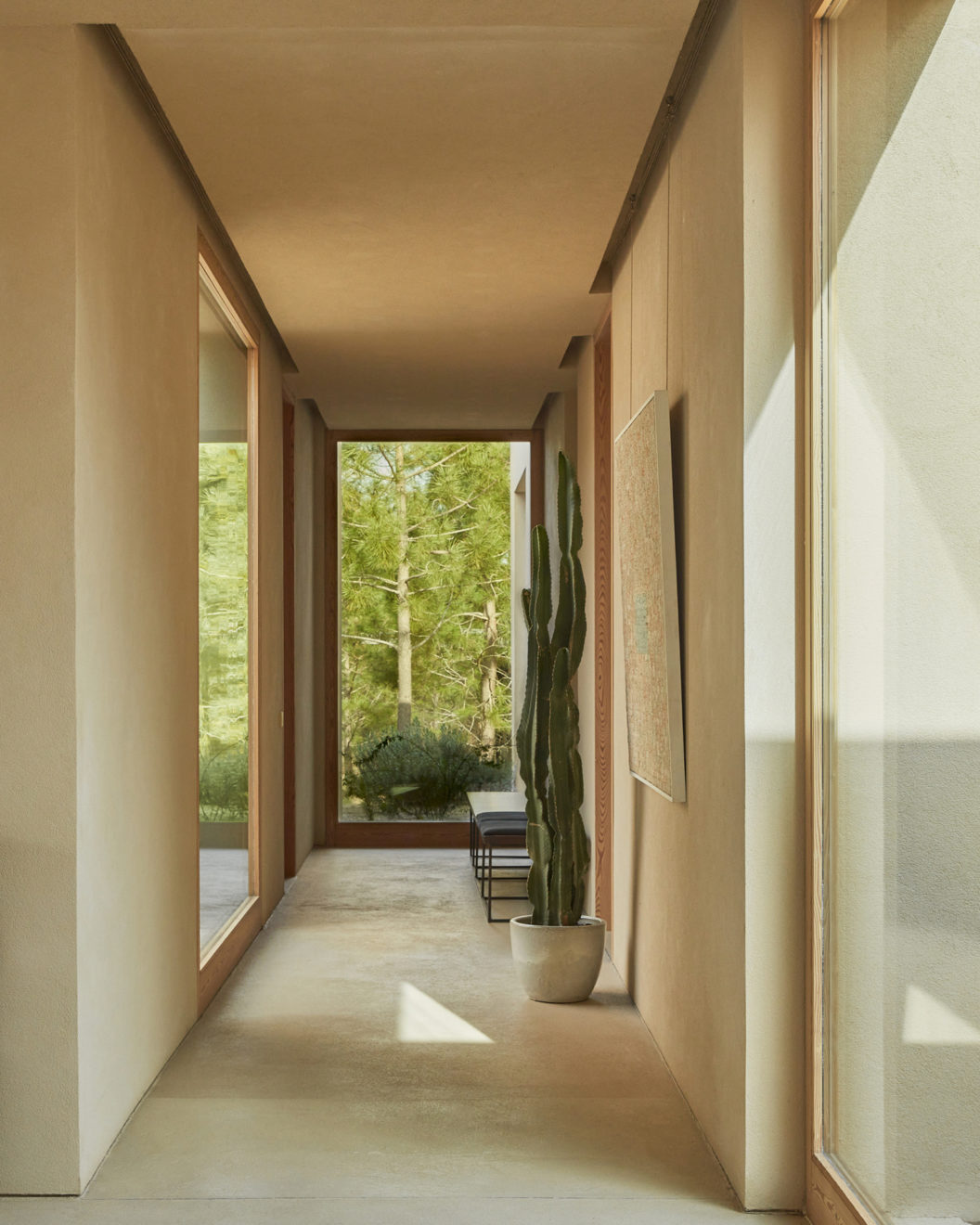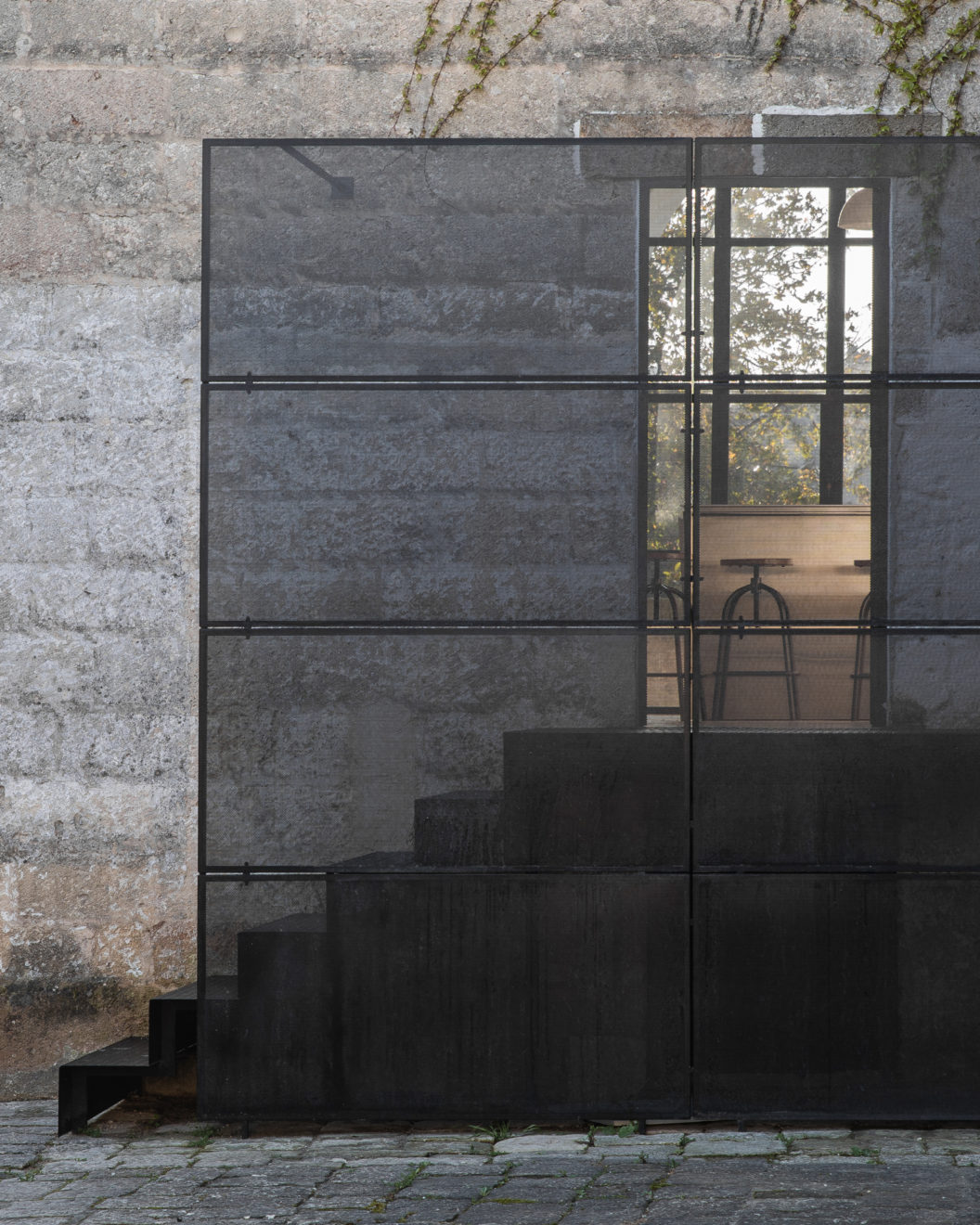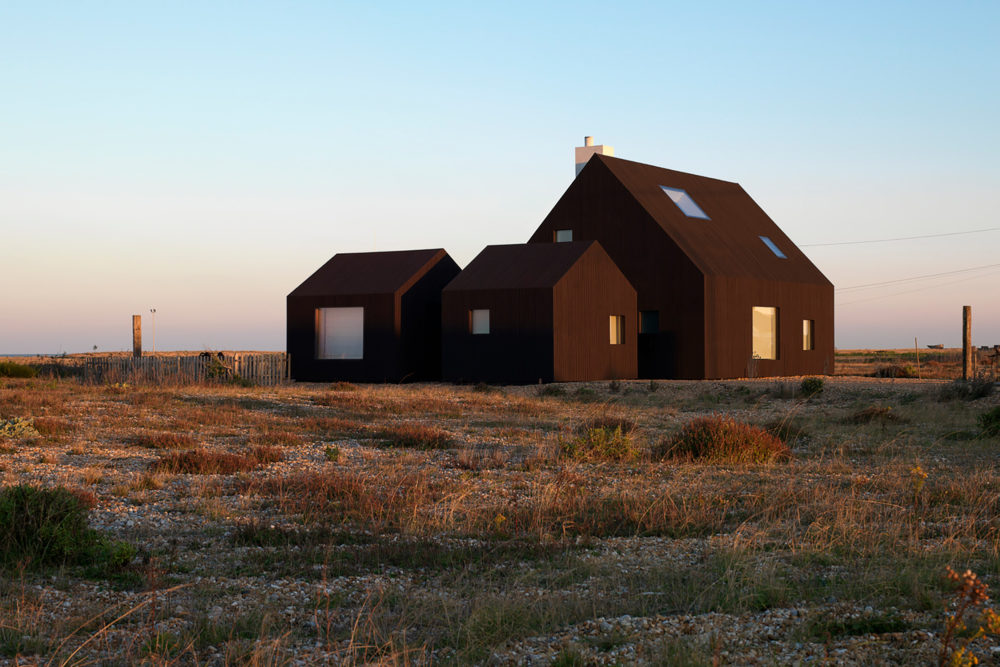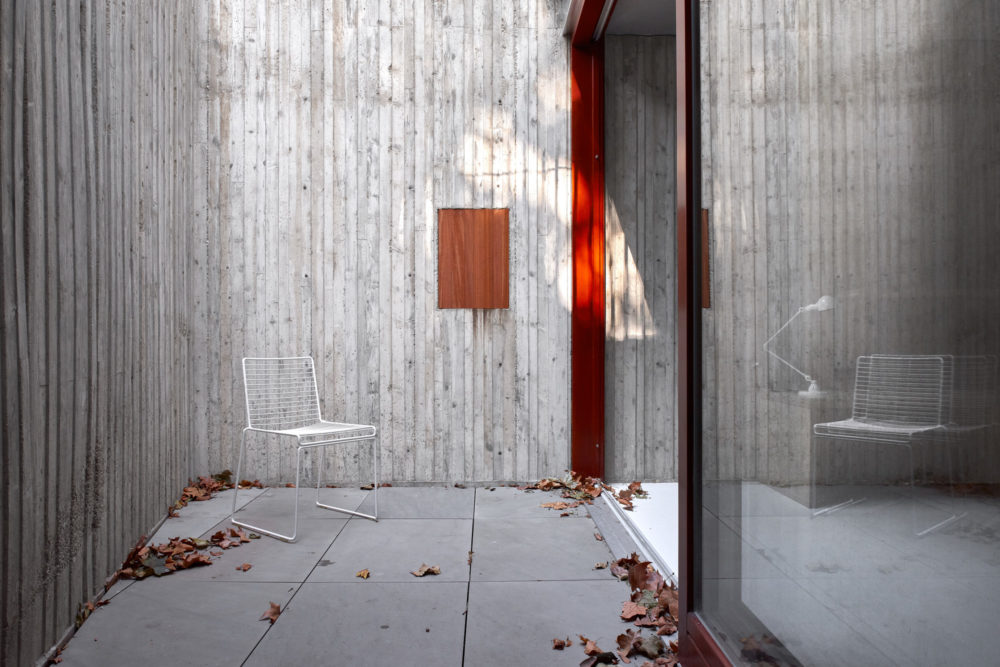Renée Kemps
Based between London, Amsterdam and Stockholm, Renée Kemps has travelled the globe photographing and filming interiors and architecture in her distinct style. Lines, shadows and natural tones shape her photography’s aesthetic, which artfully balances an inviting warmth with serene sense calm minimalism. We talk to Renée about some of her career highlights, who she turns to for creative inspiration, and her experience living on London’s iconic Barbican estate.
I have always been interested in photography, and was always going through our family photo albums — those little moments of life, captured in a single shot, was something so magical to me. However, I never really thought of photography as a career during my childhood. Going to college, getting a university degree and, afterwards, getting a ‘nine to five’ job seemed to be the normal and what everyone was doing around me. I didn’t even know you could be a photographer until I got really into it and eventually was invited to NYC for an award. There, a whole new world opened up to me — of photographers, stylists, creative directors, and a community of all these people working in this creative field. It was a moment where things changed for me.
Most of my clients and the people who follow my work say it is a softness and lightness that sets it apart. It is minimalist yet warm and almost intimate, and perhaps a little poetic and calming. For instance, my work for AMAN, or the architecture projects in Puglia, Italy, by Andrew Trotter (Openhouse) strongly embody this and seem to touch people, so they say.
The play of sunlight and, with this, light in general, lines, shadows, and a natural range of tones and colours, is what defines my work.
I must say I don’t really look at these three in terms of what is easier. Rather, it is the differences that makes them exciting and, sometimes, challenging — in a good way. I love all these categories and always enjoy shooting across them.
So many photographers and creatives are endlessly inspiring. I love following along with my favourite people online, but am especially drawn to off-line art and photographs. Meeting people in person and having connecting conversations, sharing thoughts, ideas, hopes and dreams, will also always remain the most inspiring to me.
I love the personal profile and works of John Pawson, the photography of Luigi Ghirri and Franco Fontana, James Turrell’s installations on art and space, and Michael Heizer’s stone sculptures.
I have a few that have become a favourite. Not necessarily because it was the most beautiful location, or most special destination, but often because of the people involved, the story behind it, and the experience of being in the space at that very moment.
Aman Tokyo is one of those, because of the incredibly beautiful property and special experience shooting there, but also because Japan has become my favourite place to travel to, with people and projects that are so far removed from what I have around me here in Europe, yet so closely related to what I love and find inspiring, and aim for in my personal work. Another favourite is Graanmarkt 13, which has always felt very close to my heart because of the owners, the architecture, their concept and how they share this with others.
Always many places. Unfortunately, due to COVID, a lot of assignments have been cancelled or postponed. I also think that, moving forward, people will (try to) work more locally, which could mean that we won’t be travelling as easily for a job to the other side of the world anymore. However, I also think there will still be plenty of beautiful opportunities to work with people wherever they are, and also to still go out and chase
your own dream projects and destinations.
I love Mies van der Rohe’s works and would love to visit and photograph his Farnsworth House. Same for Michael Heizer’s ‘City’ in the Nevada Desert. I also feel more drawn to documenting unique, residential projects in nature lately. After living in Stockholm and travelling more to the Swedish Archipelago, I’ve come to love even more the relation of (interior and) architecture to nature.
They are completely different, yet quite the same. It is a fully different process and requires you to prepare and execute it in a totally different way. That is, technically. On all other parts, I actually feel like they are coming from the same place — how you want to tell a story, what images follow up one-another, the grading, the feeling you want to transverse the work(s). I love how photography and video can compliment each other, seeing they can both tell the same story, but in such different ways, yet seamlessly blending in together.
I am! I’m working on a book, which unfortunately due to COVID is a little delayed, but this will hopefully be released in Autumn 2021.
Start experimenting and find out what you love and want to do personally. It can take some time to get there, but all of it is learning and growing along the way. It’s cliché, but true: don’t try to follow others, or think that how other artists (that are inspiring to you) create work is how you should create, too. Don’t be afraid to try things out, and fail. Especially because of this failing, you’ll find out more about what you love and, with that, what you want to do, document, pursue or achieve. It’s a difficult, but beautiful process. And you have to push yourself to keep going.
Also, reach out to those you find inspiring and have close to you. Connections and conversations with these people, and learning from them about your work, combined with you as a person, is incredibly important for your career.
I’ve always been drawn to mid-century architecture and interiors. However, it was only upon moving to London a few years ago that I really got to know, and became interested in, the Barbican. It was overwhelming at first, it being such an extensive concrete estate in the middle of the city. A labyrinth where I got lost every time when walking around. However, seeing it though the seasons, going for walks over and over, and enjoying shows and art installations at the Barbican, I got to really love it. It did feel inaccessible though. It is a big community, and flats are highly sought after. I had no idea how to get in touch with people there and have a chance to get closer, let alone, live there at some point.
But then, two months ago, we were very lucky to find a flat up for rental, and basically signed the contract on the spot.
It’s already been incredible to wake up here, and experience the spaces throughout the days. However, two months isn’t long and I feel like it takes time to really get to know a space, discover the small things, find a routine of sunlight, wind, and specific moments.
I’m very excited about warmer weather, and being able to enjoy the large windows and doors completely opened up. It’s all single glass and original, built with metal framing, which means it gets incredibly cold, but also means we have so much light coming in and spring time here must be amazing with everything open.
Another thing I enjoy is being able to step out and go for a quick walk all through the Barbican Estate (which I do most days, when home). It’s almost like a separate little word you are in, completely differently than the rest of central London. It feels very unique and special to be a part of.

